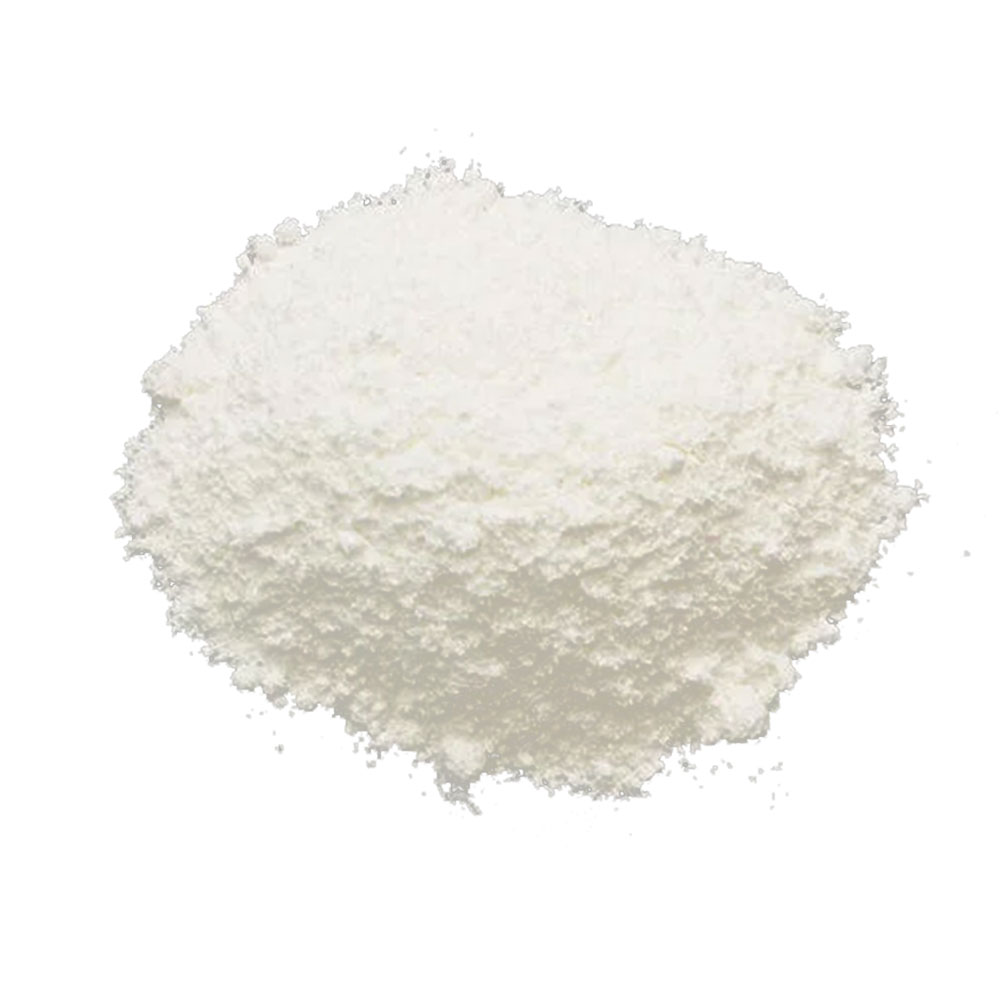Introduction to Methyl Hydroxyethyl Cellulose
Methyl Hydroxyethyl Cellulose (MHEC) is a versatile chemical additive widely used in the construction industry. It is a modified cellulose ether derived from natural cellulose, offering unique properties that enhance the performance of various building materials. At KIMA CHEMICAL CO., LTD, we recognize the critical role Methyl Hydroxyethyl Cellulose plays in improving product quality, workability, and durability in construction applications.
What is Methyl Hydroxyethyl Cellulose?
Methyl Hydroxyethyl Cellulose is a water-soluble polymer obtained by chemically modifying cellulose with methyl and hydroxyethyl groups. This modification improves its compatibility with other components in construction mixes, such as cement, gypsum, and lime. The resultant product is a fine powder or granule that disperses easily in water, forming a viscous solution that controls water retention, viscosity, and thickening.
Properties of Methyl Hydroxyethyl Cellulose
The exceptional qualities of Methyl Hydroxyethyl Cellulose make it indispensable in building materials formulation. Some key properties include:
Water Retention
One of the most important features of Methyl Hydroxyethyl Cellulose is its superior water retention capacity. It helps maintain moisture in cement and plaster mixtures, preventing premature drying and ensuring proper curing.
Thickening and Rheology Control
MHEC acts as an effective thickener, controlling the flow and consistency of building material slurries. It improves workability without compromising strength, allowing for smooth application and better surface finishes.
Adhesion Improvement
Adding Methyl Hydroxyethyl Cellulose enhances the adhesion of mortars and plasters to various substrates. This property reduces the risk of cracking and delamination over time.
Stability and Compatibility
Methyl Hydroxyethyl Cellulose is chemically stable and compatible with other construction additives. It helps stabilize dispersions and prevents segregation or settlement in mixed products.
Applications of Methyl Hydroxyethyl Cellulose in Building Materials
Cement-Based Products
In cementitious products, Methyl Hydroxyethyl Cellulose is widely used to improve water retention and workability. It ensures uniform hydration, which leads to better strength development and durability.
Tile Adhesives and Grouts
Tile adhesives and grouts benefit significantly from Methyl Hydroxyethyl Cellulose. It enhances spreadability, prevents sagging, and increases open time, making installation easier and more efficient.
Plasters and Mortars
MHEC improves the consistency and adhesion of plasters and mortars, allowing for smoother application and longer working times. It also reduces shrinkage cracks by maintaining moisture during curing.
Dry Mixes and Ready-Mix Products
In dry mix formulations, Methyl Hydroxyethyl Cellulose acts as a key binder and rheology modifier, ensuring the mix remains stable and easy to apply once water is added.
Advantages of Using Methyl Hydroxyethyl Cellulose
Enhanced Durability
The addition of Methyl Hydroxyethyl Cellulose improves the durability of building materials by promoting even hydration and reducing shrinkage, thus extending the lifespan of structures.
Improved Workability and Ease of Application
MHEC makes mixtures easier to handle and apply, reducing labor costs and time. Its thickening properties help achieve desired textures without excessive water use.
Cost-Effectiveness
By improving the performance of building materials, Methyl Hydroxyethyl Cellulose reduces material waste and repair costs, making it a cost-effective additive for manufacturers and contractors alike.
Environmental Benefits
As a cellulose derivative, MHEC is biodegradable and environmentally friendly compared to synthetic alternatives, aligning with sustainable construction practices.
How to Use Methyl Hydroxyethyl Cellulose in Construction Formulations
Dosage Recommendations
Typically, Methyl Hydroxyethyl Cellulose is used in concentrations ranging from 0.1% to 1.0% by weight of the dry mix, depending on the desired properties and specific application.
Mixing Procedures
To maximize effectiveness, MHEC should be uniformly dispersed in water before being added to dry ingredients. Proper mixing ensures consistent viscosity and prevents clumping.
Storage and Handling
Methyl Hydroxyethyl Cellulose should be stored in a cool, dry place, away from moisture and direct sunlight. Handling precautions include avoiding dust inhalation and contact with eyes.
Choosing the Right Grade of Methyl Hydroxyethyl Cellulose
At KIMA CHEMICAL CO., LTD, we offer various grades of Methyl Hydroxyethyl Cellulose tailored for specific construction needs. Factors to consider when selecting a grade include viscosity, substitution degree, and solubility characteristics.
Conclusion
Methyl Hydroxyethyl Cellulose (MHEC) is an essential additive in modern building materials, providing enhanced water retention, thickening, adhesion, and overall stability. Its wide-ranging applications in cement, plaster, tile adhesives, and dry mixes underline its importance in improving construction quality and efficiency. By choosing high-quality Methyl Hydroxyethyl Cellulose from trusted suppliers like KIMA CHEMICAL CO., LTD, builders and manufacturers can achieve superior performance, cost savings, and sustainable construction outcomes. Embracing MHEC is a strategic step towards better, longer-lasting buildings.



